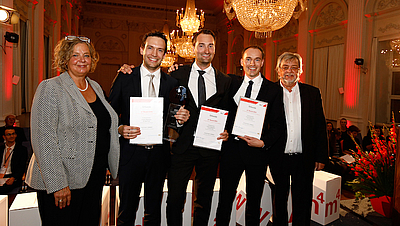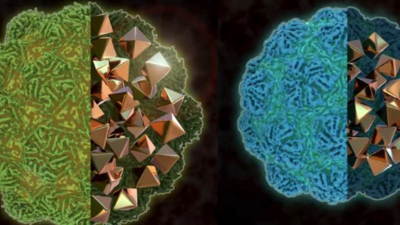
At this point the Google Custom Search Engine is integrated. When displaying, data may be transferred to third parties or cookies may be stored, therefore your consent is required. You can find more information and the possibility to revoke your consent at
Privacy

